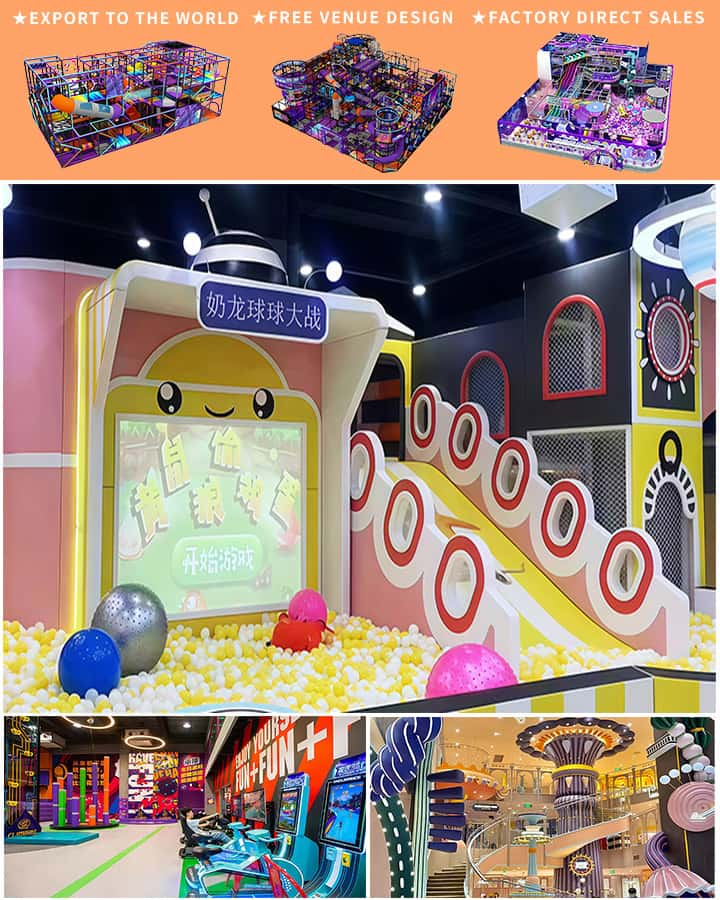Creating a vibrant and safe kids’ playground is essential for fostering physical activity, creativity, and social interaction among children. Whether you are designing a playground for your backyard, a community park, or a school, there are several key elements to consider in order to craft a space that is both engaging and secure for young adventurers.
Safety First: Essential Considerations
The cornerstone of any kids’ playground is safety. Ensure that the playground equipment meets national safety standards and guidelines. Utilize soft, impact-absorbing materials such as rubber mats or wood chips under swings, slides, and climbing structures to cushion falls. Additionally, choose equipment that is appropriate for the age group of the children who will be using it, with no sharp edges or protruding parts that could cause injury.
Variety and Imagination: Types of Play Equipment
 A well-rounded playground should offer a diverse array of play equipment to cater to different interests and abilities. Incorporate traditional favorites like swings and slides, but also think outside the box with unique options such as seesaws, spinner bowls, and balance beams. For imaginative play, add themed elements like pirate ships, castles, or space stations to inspire creative storytelling and role-playing activities.
A well-rounded playground should offer a diverse array of play equipment to cater to different interests and abilities. Incorporate traditional favorites like swings and slides, but also think outside the box with unique options such as seesaws, spinner bowls, and balance beams. For imaginative play, add themed elements like pirate ships, castles, or space stations to inspire creative storytelling and role-playing activities.
Inclusive Design: Accessibility Matters
Inclusivity is crucial in modern playground design. Make sure the playground is accessible to children of all abilities by including wheelchair-accessible equipment and pathways, tactile and sensory elements for visually impaired children, and quiet zones for those with autism or other sensitivities. Incorporating features such as ramps instead of stairs ensures that every child can participate fully in the fun.
Nature Integration: Bringing the Outdoors In
Integrating natural elements into the playground enhances its appeal and educational value. Consider adding a small garden area where children can learn about plants and nature. Use natural materials like logs, boulders, and water features to create dynamic play experiences that encourage exploration. A sandbox with various tools can provide endless hours of entertainment while promoting fine motor skills development.
Educational Opportunities: Learning Through Play
A playground is not just a place for physical activity; it can also be an outdoor classroom. Include elements that promote learning and skill development. Interactive panels with puzzles, number games, or alphabet letters can make learning fun. Incorporate musical instruments, chalkboards, and art installations to stimulate creativity and self-expression.
Community Engagement: Fostering Social Bonds
Finally, a playground should serve as a hub for community engagement. Benches and shaded areas can provide spaces for parents and caregivers to supervise and socialize. Host regular events or workshops at the playground to bring families together and encourage lifelong connections within the community.
In summary, creating the perfect kids’ playground involves a thoughtful blend of safety, variety, inclusivity, nature integration, educational opportunities, and community engagement. By considering these elements, you can design a playground that provides a joyful, enriching, and safe environment for children to grow, learn, and play.




